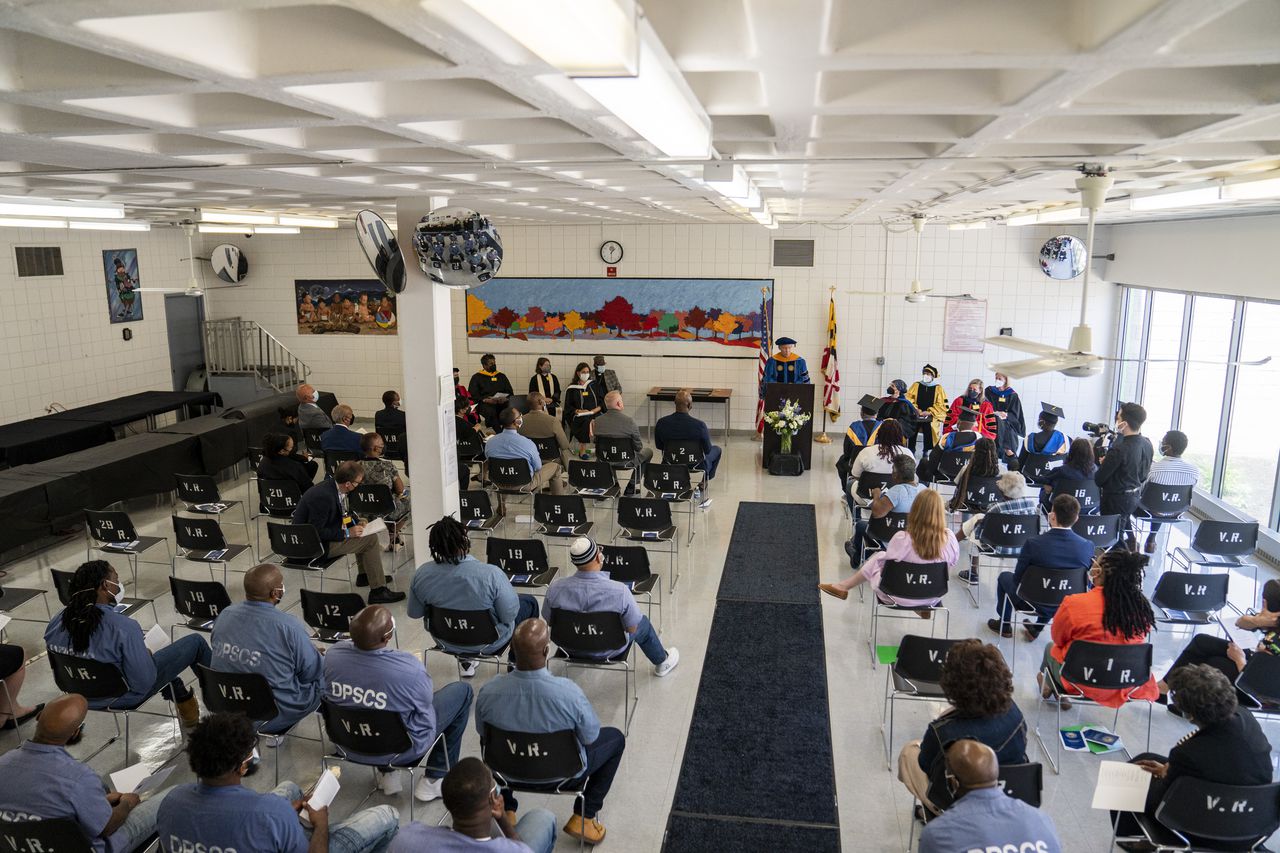People in prison can finally access Pell Grants
As of July 1, around 760,000 people in state and federal prisons were made eligible for the Pell Grant after decades of being blocked from accessing Pell funds.
Pell Grants are federal need-based scholarships that have been unavailable to people in prison for the last 30 years, ever since 1994 when Bill Clinton signed the “Violent Crime Control and Law Enforcement Act” that year. It not only removed the right for people in prison to access Pell funds, but also funded new prisons and police officers.
In 1982, as much as nine percent of the country’s people in prison were enrolled in a college course. According to the American Enterprise Institute think tank, only eight college programs existed in prisons as of 1997, a huge drop from the early ‘90s when that number was closer to 800.
In 2015, the Obama administration launched the Second Chance Pell Grant, a pilot program that specifically provides Pell Grants to people who are incarcerated. At that point, 12,000 students were eligible. President Trump expanded the program and passed a budget through Congress that restored Pell grants more broadly, with the goal of making people more employable after incarceration. Those grants are now available for the 2023-2024 school year.
The Second Chance Pell allows people who are incarcerated in state and federal prisons the chance to earn a bachelor’s degree while they serve their sentences. With the program, they’ll be eligible for nearly $7,400 in grants per year.
Having an education is crucial for folks leaving prison, as it gives them the chance to get a job when they’re released and decreases recidivism rates (the amount of people who are incarcerated again after their release). 2018 research funded by the DOJ shows that students in prison who take classes are 48% less likely to return.
Research by the RAND Corporation estimates that for every dollar invested in correctional education programs, $4 to $5 are saved during the first three years after release.
Almost 200 participating colleges and universities (most of which are public two- and four-year institutions) partner with federal and state prisons in almost all 50 states to enroll eligible students. Students can receive grants for up to 12 academic sessions which is roughly six years. As of today, the U.S. Department of Education is accepting applications.
Unfortunately, the program does not extend to all jails and prisons. Prisons that lack staffing, dedication and/or classroom space to implement the program. It can also be really difficult for people in prisons with limited internet access or who don’t have easy access to the information they need to fill out the required FAFSA.
“I would argue that the (Department of Corrections) has always treated it as a privilege. It can be weaponized inside and used as a carrot or a stick,” said Betsy Simpkins, who is a member of the informal Oregon Coalition for Higher Education in Prison.
Activists and advocates helping those who are incarcerated have vowed to continue the fight to make education available and accessible to as many people who are incarcerated as possible.
